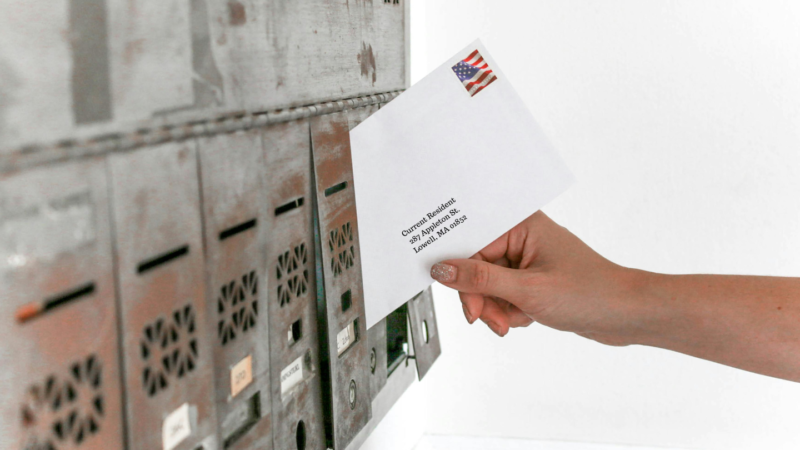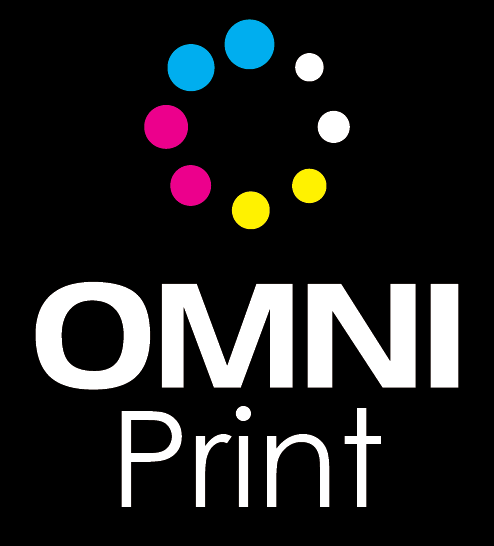
In the world of marketing, reaching the right audience with the right message is crucial for success. Two popular methods for businesses to connect with potential customers are Every Door Direct Mail (EDDM) and traditional direct mail. While both strategies involve sending physical mail to targeted recipients, they differ in their approach, targeting capabilities, costs, and effectiveness. Let’s delve into the pros and cons of each to help you decide which is the better fit for your business needs.
Every Door Direct Mail (EDDM)
Every Door Direct Mail (EDDM) is a service offered by the United States Postal Service (USPS) that allows businesses to send marketing materials to every household or business in a specific geographic area without needing a mailing list. Here are the pros and cons of EDDM:
Pros:
- Wide Reach: EDDM enables businesses to blanket entire neighborhoods or ZIP codes with their marketing materials, reaching a large and diverse audience.
- Cost-Effective: Since EDDM doesn’t require purchasing a mailing list or addressing individual recipients, it can be more cost-effective than traditional direct mail.
- Simplified Process: EDDM simplifies the mailing process by eliminating the need for a mailing list and addressing each piece individually, saving time and effort.
Cons:
- Limited Targeting: While EDDM allows for broad geographic targeting, it lacks the precision of traditional direct mail in targeting specific demographics or interests.
- Less Personalization: Since EDDM doesn’t involve addressing recipients by name, it may feel less personal compared to traditional direct mail campaigns.
- Clutter Concerns: Since EDDM sends marketing materials to every household in a designated area, recipients may perceive it as junk mail and discard it without giving it much attention.
Direct Mail
Traditional direct mail involves sending marketing materials to a targeted list of recipients based on various criteria such as demographics, purchasing behavior, or geographic location. Here are the pros and cons of direct mail:
Pros:
- Highly Targeted: Direct mail allows businesses to tailor their marketing message to specific demographics or interests, increasing the likelihood of engagement and conversion.
- Personalization: Direct mail enables businesses to address recipients by name and customize the content based on their preferences, making the communication more personal and impactful.
- Response Tracking: With direct mail, businesses can track responses and measure the effectiveness of their campaigns more accurately using tools like unique URLs or coupon codes.
Cons:
- Higher Costs: Direct mail campaigns typically involve purchasing mailing lists, designing custom materials, and postage expenses, making it a more costly option compared to EDDM.
- Complexity: Direct mail campaigns require careful planning and execution, including list segmentation, creative design, and coordination with printing and mailing services, which can be time-consuming and challenging.
- Potential for Inaccuracy: Despite efforts to target the right audience, direct mail campaigns may still reach individuals who are not interested in the offer, resulting in lower response rates and wasted resources.
Both Every Door Direct Mail (EDDM) and traditional direct mail offer distinct advantages and disadvantages for businesses seeking to reach their target audience through physical mail. EDDM provides a cost-effective way to reach a broad audience in specific geographic areas, while traditional direct mail offers greater precision and personalization for targeted marketing efforts. Ultimately, the choice between EDDM and direct mail depends on factors such as budget, targeting needs, and campaign objectives. By carefully evaluating the pros and cons of each method, businesses can make an informed decision to maximize the effectiveness of their marketing efforts.
